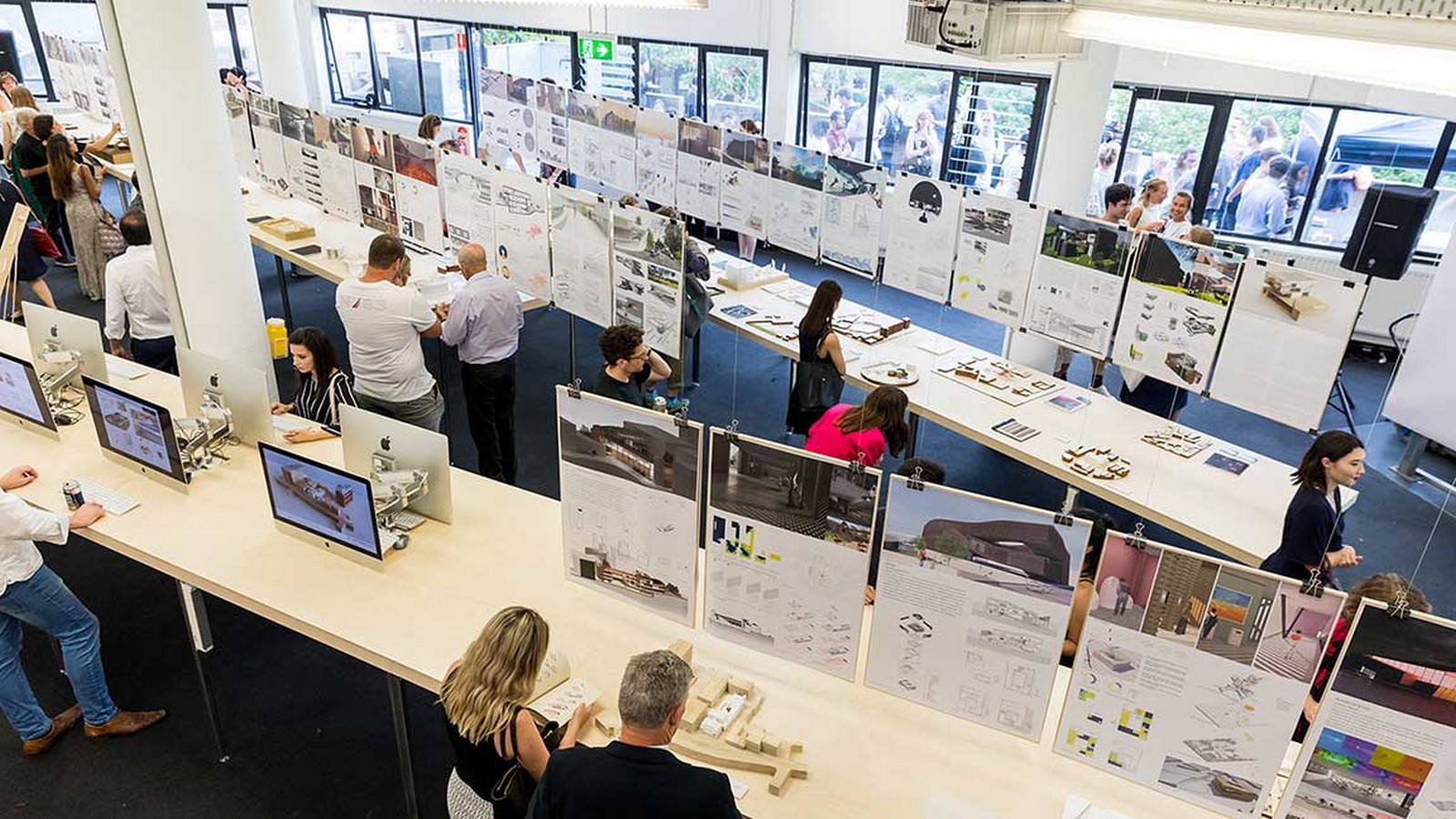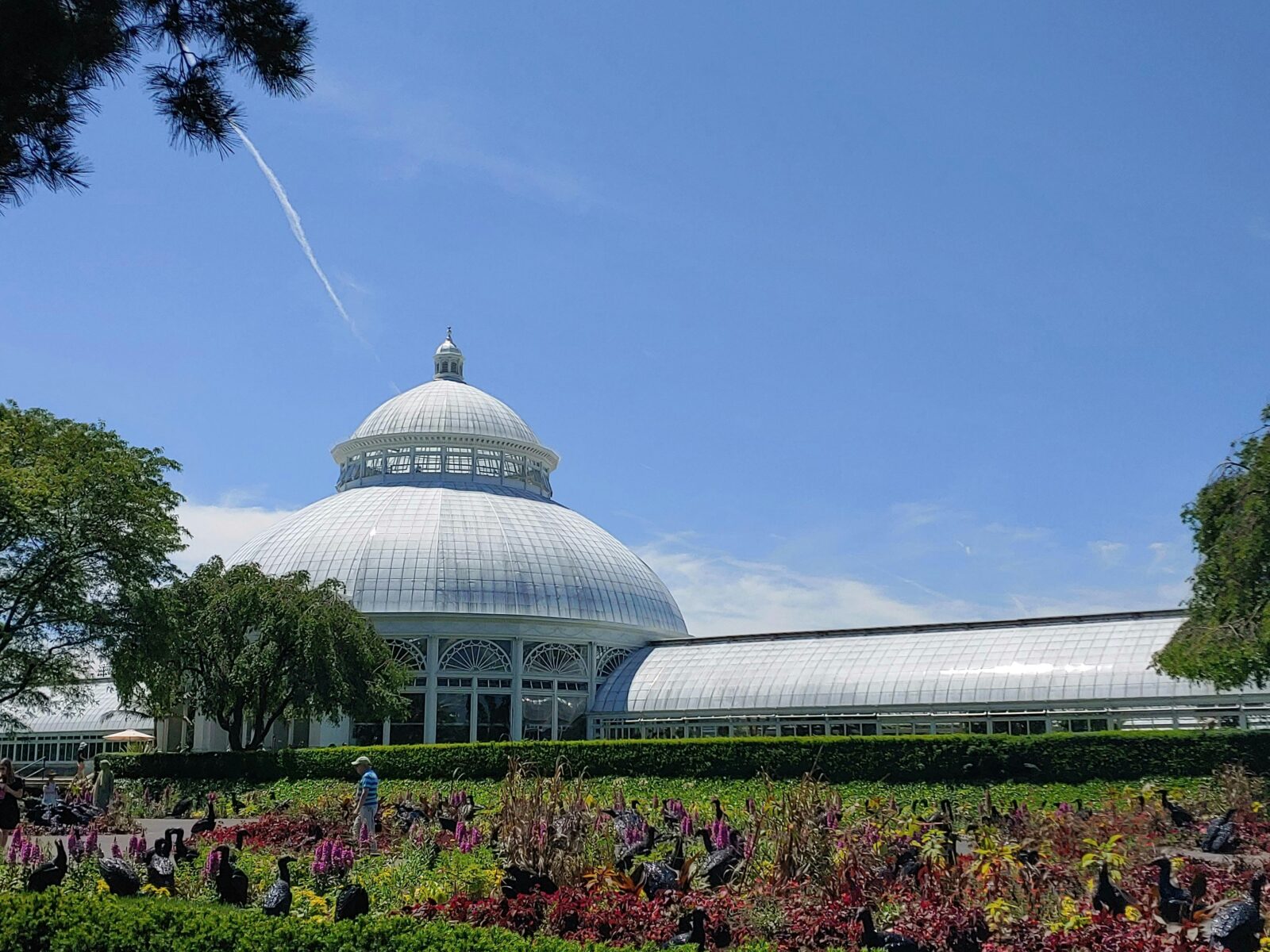- Home
- Articles
- Architectural Portfolio
- Architectral Presentation
- Inspirational Stories
- Architecture News
- Visualization
- BIM Industry
- Facade Design
- Parametric Design
- Career
- Landscape Architecture
- Construction
- Artificial Intelligence
- Sketching
- Design Softwares
- Diagrams
- Writing
- Architectural Tips
- Sustainability
- Courses
- Concept
- Technology
- History & Heritage
- Future of Architecture
- Guides & How-To
- Art & Culture
- Projects
- Interior Design
- Competitions
- Jobs
- Store
- Tools
- More
- Home
- Articles
- Architectural Portfolio
- Architectral Presentation
- Inspirational Stories
- Architecture News
- Visualization
- BIM Industry
- Facade Design
- Parametric Design
- Career
- Landscape Architecture
- Construction
- Artificial Intelligence
- Sketching
- Design Softwares
- Diagrams
- Writing
- Architectural Tips
- Sustainability
- Courses
- Concept
- Technology
- History & Heritage
- Future of Architecture
- Guides & How-To
- Art & Culture
- Projects
- Interior Design
- Competitions
- Jobs
- Store
- Tools
- More

In the realm of art and aesthetics, the concept of harmony holds great significance. It represents a state of balance, unity, and coherence, where various elements come together to create a pleasing and visually appealing composition. This concept is not limited to paintings, sculptures, or architecture alone but extends to the natural world as well. The harmony of design and landscape is a profound concept that explores the interplay between human creativity and the beauty of the natural environment.
Nature has always been a source of inspiration for artists, designers, and architects. From ancient civilizations to modern times, the natural world has provided an abundant palette of colors, textures, shapes, and patterns. It is no wonder that many man-made structures and designs seek to blend seamlessly with their surroundings, mimicking the organic forms and rhythms found in nature.
The harmony of design and landscape goes beyond mere aesthetics; it encompasses the integration of human creations into the existing natural context. It is about striking a delicate balance between human intervention and the preservation of the natural environment. When design and landscape are in harmony, they create a sense of belonging, a connection between people and the land they inhabit.
One prime example of the harmony of design and landscape can be found in traditional Japanese gardens. These meticulously crafted spaces reflect a deep appreciation for nature and a keen understanding of design principles. Japanese garden design seeks to mimic the beauty and tranquility of the natural landscape while emphasizing simplicity, balance, and harmony.
In such gardens, every element is carefully chosen and arranged to create a unified whole. The placement of rocks, the flow of water, the arrangement of plants, and the use of materials are all meticulously orchestrated to evoke a sense of serenity and harmony. The human touch is present, but it is subtle and respectful, allowing the natural elements to take center stage.

Modern landscape architecture also embraces the concept of harmonizing design with the environment. Sustainable design practices aim to minimize the ecological footprint while enhancing the beauty and functionality of outdoor spaces. By incorporating native plants, using eco-friendly materials, and employing innovative techniques like rainwater harvesting and green roofs, designers strive to create landscapes that seamlessly blend with the surrounding ecosystem.
Moreover, the harmony of design and landscape extends beyond individual gardens or architectural projects. It encompasses urban planning, where the layout of streets, parks, and buildings can either complement or clash with the natural topography. Well-planned cities consider the existing landscape and terrain, seeking to enhance the beauty of the land rather than overpower it. By integrating parks, green spaces, and pedestrian-friendly zones, cities can become more sustainable, aesthetically pleasing, and harmonious places to live.
Achieving harmony between design and landscape requires a deep understanding of the natural environment and a commitment to preserving its integrity. It involves embracing the principles of sustainable design, respecting local ecosystems, and engaging in responsible land use practices. It is a collaborative effort that involves architects, designers, urban planners, and the community at large.
In conclusion, the harmony of design and landscape is an essential concept that celebrates the union between human creativity and the natural world. When design seamlessly integrates with the environment, it creates visually stunning and sustainable spaces that evoke a sense of unity and tranquility. By embracing this concept, we can forge a deeper connection with nature and build a future where design and landscape coexist harmoniously for generations to come.

For instance, The High Line is an elevated linear park built on a historic freight rail line in Manhattan. It beautifully combines landscape design with surrounding architecture. As visitors walk along the park, they encounter a seamless integration of greenery, trees, and flowers with the adjacent buildings. The park’s design incorporates seating areas, art installations, and stunning views of the city, creating a harmonious blend of nature and urban architecture.

Also, Millennium Park in Chicago is renowned for its innovative design that combines art, architecture, and landscape. The centerpiece of the park is the Cloud Gate sculpture, also known as “The Bean.” This iconic stainless steel structure reflects the surrounding skyline, seamlessly merging with the buildings in the vicinity. Additionally, the Jay Pritzker Pavilion, an outdoor concert venue designed by Frank Gehry, harmoniously integrates with the park’s landscape, creating a dynamic and visually appealing public space.

Submit your architectural projects
Follow these steps for submission your project. Submission FormLatest Posts
The United States’s Most Beautiful Parks and Gardens: Our Essential Guide
Discover the United States’s Most Beautiful Parks and Gardens with expert picks,...
Lawn Care Fundamentals That Make or Break Outdoor Designs
Most architecture students spend years learning design software and theory. Then they...
Top Botanic Gardens in the United States: Where We Go For Living Collections And Calm
Top Botanic Gardens in the United States: our expert-vetted list with when...
Best Resources for Aspiring Landscape Architects
Landscape architecture mixes art with hard science. You’re not just sketching gardens....












Leave a comment